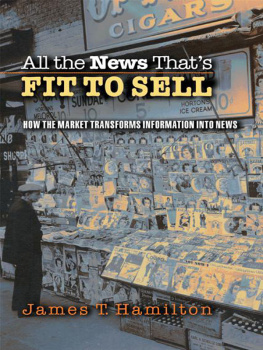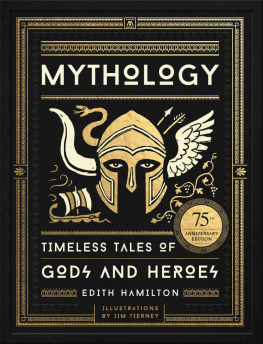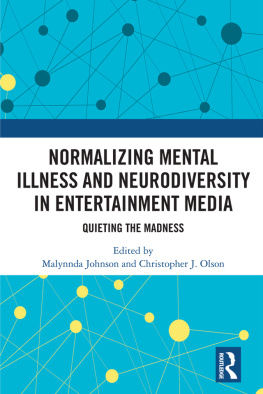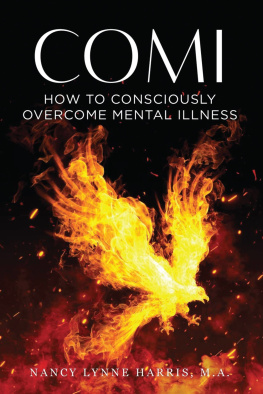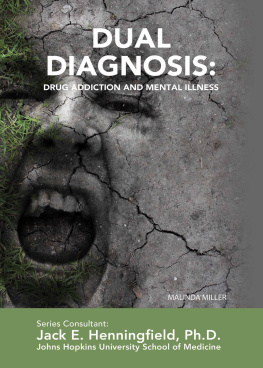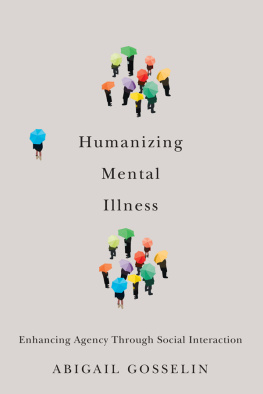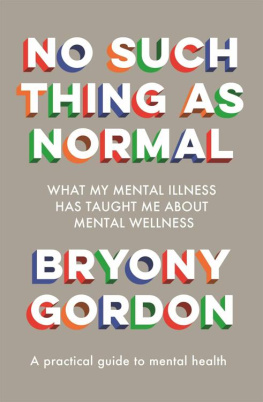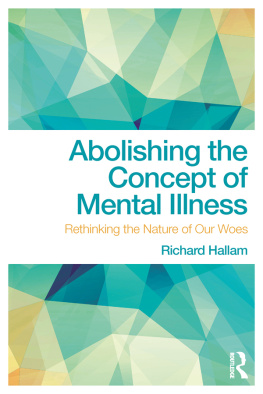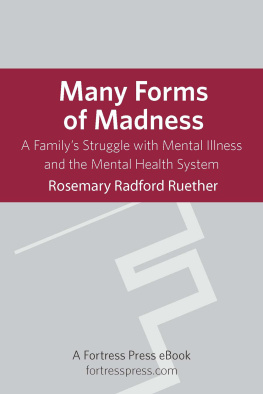
Copyright 2015 Sheila Hamilton
Seal Press
A Member of the Perseus Books Group
1700 Fourth Street
Berkeley, California
sealpress.com
All rights reserved. No part of this book may be reproduced or transmitted in any form without written permission from the publisher, except by reviewers who may quote brief excerpts in connection with a review. Some names and identifying details have changed to protect the privacy of individuals.
Library of Congress Cataloging-in-Publication Data is available.
ISBN: 978-1-58005-585-7
10 9 8 7 6 5 4 3 2 1
Cover design by Faceout Studio, Derek Thornton
Interior design by Tabitha Lahr
Printed in the United States of America
Distributed by Publishers Group West

To Sophieyour willingness to lovingly embrace things just as they are allowed us all to move forward
Contents
I missed much of the unfolding of my husbands mental illness. By the time Id pieced together the puzzle of who David actually was, he was falling apart. My once brilliant, intense, and passionate partner was dead within six weeks of a formal diagnosis of bipolar disorder, leaving my nine-year-old daughter and me without so much as a note to understand his decision. Hed left us hundreds of thousands of dollars in debt and with no plan for helping us recover from the profound grief of his suicide.
Davids employees never called to tell me he wasnt showing up at the job sites where his company was remodeling high-end residences and commercial businesses. By the time David experienced his first full-blown manic episode, wed already been keeping separate bank accounts and separate lives. He isolated himself from me with lies and infidelity. I returned the salvo, alienating myself from him by pretending I didnt hurt.
Davids parents may have known about his struggle with mental illness, but they never let on.
Mental illness, unlike breast cancer, isnt celebrated with big marches or pink ribbons. The stigma is stifling, and it prevents most people from seeking help. David refused to accept the label of bipolar disorder. He could not imagine a life of medications and therapy, which had helped him so little. Davids path is not unique. Suicide is now the tenth most common cause of death for men and women. Every thirteen minutes, another American dies from suicide. What could we have done differently? What should we have known? According to a 2008 report by the National Institute of Mental Health, research shows that risk factors for suicide include depression and other mental disorders and substance abuse disorders (often in combination with other mental disorders). More than 90 percent of the people who die by suicide have those risk factors.
It is my belief that many people could benefit from hearing more about how psychiatric conditions unfold. In the years, months, and days leading up to Davids death, I didnt classify him as mentally ill. I missed many signs. I ignored others, believing it could get better. And I scrambled, as the world came crashing down around us, just to maintain my own sanity and the health of my daughter.
Our daughter celebrates her birthday each June. I cant help but measure her birthdays with an equal sense of apprehension and elation. Shes a teenager now, and still no signs of the brooding, the polarity, the darkness that descended on David like Portlands thick gray clouds in January, refusing to budge. Yes, she has his intellect, but she also has my relatively sunny nature. She is physically stunning with long, muscular legs and a waist that defies her voracious appetite. She has Davids European cheekbones. The color of her skin is his. Her ears have the same shape. There are times I find myself staring at one of her features for too long. She bats me away: Mom, enough.
But Davids genetics also carry a downside. Theres a 50 percent chance your daughter will present with the same disorder, a well-meaning psychologist once advised. It is most common between the ages of sixteen and twenty-one.
I knew the statistical odds by heart. After Davids death, Id read every book I could get my hands on about bipolar disorder. Id measured the likelihood of a gene mutation against the things I could influencewhat she ate, how much sleep and exercise she got, the unconditional love that I gave her.
But the genetic risk of mental illness is such that my daughter is keenly aware of what she cant do. She understands heavy drinking would kill brain cells that she may need to rely on for higher functioning. Shell never be able to safely experiment with drugs. Its a burden a teenager shouldnt have to take on, but more than half of people with bipolar disorder commit suicide. The numbers are intractable, unchangeable. Read fifteen studies and the numbers come up consistently grim.
And yet, there is much to celebrate.
There have been tremendous breakthroughs in brain science from 2005 to 2015. The ability of scientists to study aberrations in MRI imaging has led to new thinking about the treatment for brain disorders. The work of Dr. Bruce Perry at the Child Trauma Academy in Houston, Texas, is focused on brain disorders in children, but the applications may also be relevant to adult populations.
When children are subjected to abuse, neglect, absent parenting, or drug and alcohol exposure, brain development can be severely stunted. Perrys ability to define treatment based on the childs current brain functioning is of particular interest to me, since I watched my husbands behavior regress to that of a child during his hospitalization. I had no context at the time for understanding exactly what was happening to him, or to me.
If I were faced with the same predicament today, I would forcefully advocate for the type of care Perry has successfully practiced: the neurosequential model of therapeutics (NMT), which is a sensitive, neurobiologically informed approach to clinical work. NMT helps match the nature and timing of specific therapeutic techniques to the development of the patient. This research was not available ten years ago and is only now starting to be practiced in some mental health facilities.
NMTs reliance on somatosensory activities like music, movement, yoga, and therapeutic massage allows healing at the most elementary level. A traumatized brain is incapable of processing the subtleties of group therapy. It is impossible to ask people who have just suffered a manic episode to start sorting out their bills. It is crucial that we understand the limitations of the people we are attempting to help.
I strongly believe that the litany of medications David was prescribed did very little to help. In fact, his first suicidal thought came just days after being prescribed an antidepressant by a well-meaning physician-friend. Medication has helped millions of people, but it fails tens of thousands of families every year. We have relied for too long on an approach to mental illness that relies on pharmaceuticals and fails to take into consideration the whole personmind, body, spirit.
The collaborative problem-solving method developed by Dr. Ross Greene, of Harvard, is an important milestone in communicating with people suffering from brain disorders. Though the technique was developed for children, it offers an important template for caregivers. Davids early behavior of withdrawal and isolation in our marriage made it impossible for us to solve disagreements or disputes in a collaborative and mutually satisfactory manner. The collaborative problem-solving model employs empathy, consideration of real-life consequences, and collaborative brainstorming to arrive at a place of solution that is both realistic and mutually satisfactory. It may have offered a creative form of communication that I simply did not have at my disposal.
Next page


